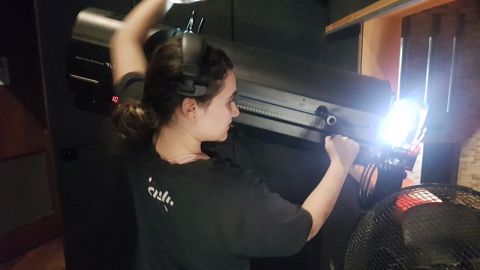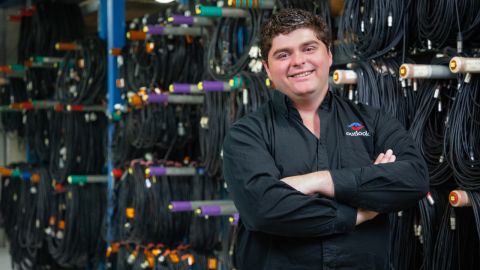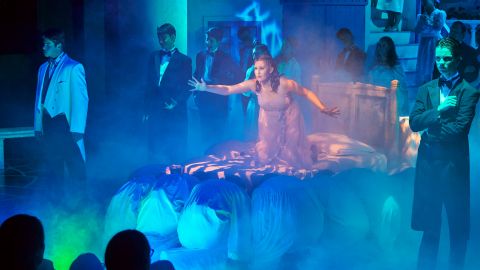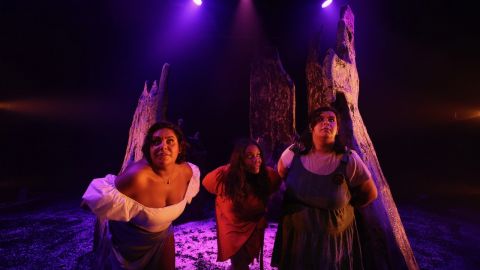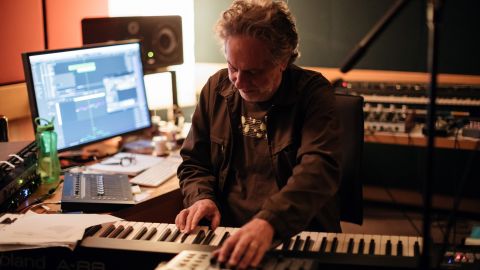Will Video Kill the Lighting Star?
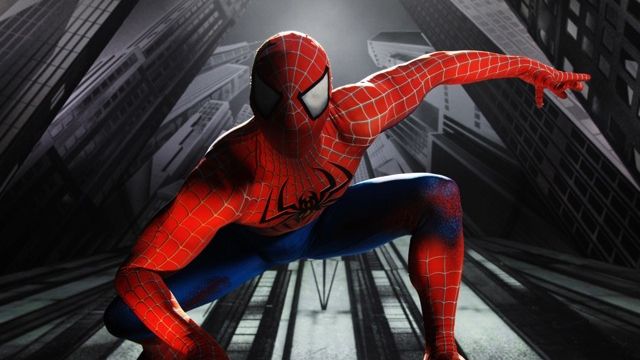
They are common in rock concerts and sporting events and now they are becoming a wow factor in big theatrical productions: giant video screens which move around the stage, to create a supercharged set. Are they a gimmick or a fixture here to stay? David Spicer speaks to the two men building or running the systems in the musicals Hairspray (in Australia) and Spider-man: Turn off the Dark (on Broadway).
Matt Corke (pictured immediately below) is the man pulling many of the strings for Spider-man. He’s in charge of Production Resource Group’s new Mbox Media Server, that runs many of the special effects in Spider-man: Turn Off The Dark.
“Lighting is old hat. 80% of the (new) Broadway shows have video, projection, LED screens or something like that,” he said.
Don’t blame him for any of the acrobatic mishaps on stage in the 65 million dollar, much delayed and much panned, production. Managing the cast stunts is not his department. One of the aspects to get some critical praise has been the look.
The New York Observer critic wrote “Spider-Man: Turn Off the Dark is visually stunning but emotionally unengaging.”
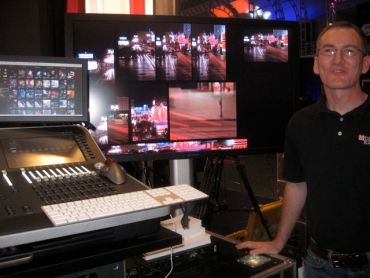
The most striking visual features in Spider-man: Turn off the Dark involve LED Panels. There are eight of them, each four by nine metres, that move horizontally across the stage.
One stunning special effect suggests the streets of Manhattan as seen from the top of the Chrysler Building.
“During the show we play video to all eight screens. As the panels move we can adjust automatically what is on the screen, so it appears to have the projection screen sailing through the projector,” he said.
The advent of new technology has made creating complex video and lighting shows less time consuming. The MBox Extreme Media Server runs the video from a lighting control desk. You can load video, adjust the colour or move images around without having to re-shoot.
“Ten years ago if I made a movie and I showed it to a director, and the director said it was all wrong, it could take days to change. Now they can be done instantly and cued into the show,” he said.
Australian audiences are becoming more familiar with the potential of special video effects. In a previous edition of Stage Whispers we described the screens used in Hairspray the Musical to recreate the feel of a 1950’s television show.
The screens in Hairspray were made by Vuepix...part of an Australian company, the ULA Group.
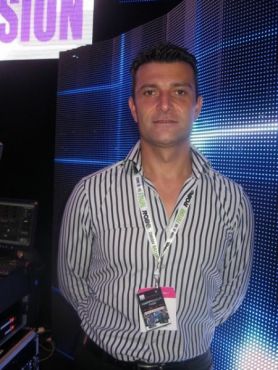 I caught up with ULA’s Managing Director Cuono Biviano (pictured) at Entech.
I caught up with ULA’s Managing Director Cuono Biviano (pictured) at Entech.
“Hairspray has opened up so many people’s eyes. Theatre people are now coming to our stand; before they were looking at luminaires, now they are saying let’s talk screens, we want to put an element of the technology there,” he said.
Vuepix is an Australian success story. The screens are made by the company in China and exported all over the world.
Contracts won include the World Cup in South Africa and the Italian and Australian Football league.
Explaining how the technology works is straightforward. The screens are giant televisions made up of small panels of LED lights, each designed for 100,000 hours of use. The closer the LED lights are to each other, the more detail they can provide. The panels are like pieces of a giant puzzle.
“Each cabinet has a receiver card that disperses (data) to the LED modules, digests the signal, spits it out then it deciphers where it fits in the daisy chain,” he said.
It all sounds very impressive for big budget shows, but can productions with less cash at their disposal afford the screens?
“We’re supplying a product that is a tenth of the price of what it was six years ago. That is not with reducing the quality. The volume of LEDs being made for conventional TV and headlights in cars etc. has seen manufacturing costs come down greatly,” he said.
“I know smaller end theatres are looking at purchasing them. It’s not the cost that is an issue, but they are assessing the amount of use they will get from it,” he said.
“Some people get into screens for $20,000 or 30,000, while others spend millions of dollars,” he said.
Whether it is worth the money is, of course, up to the producer.
Certainly with Hairspray the video effects have added to the spectacle and most certainly boosted ticket sales.
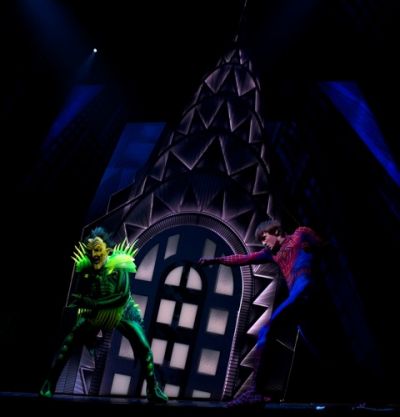 It is interesting to note that Spider-man: Turn Off the Dark is, for the moment, a box office winner.
It is interesting to note that Spider-man: Turn Off the Dark is, for the moment, a box office winner.
The musical copped so much flack that the producers closed the production for several weeks to fix the script problems and iron out the alarming injury rate to cast members.
The sales figures from the last week of July show it is selling around $1.8 million worth of tickets a week, at just over 90% of capacity. Only The Lion King and Wicked are recording a slightly higher box office gross.
By contrast Priscilla is selling around $750,000 worth of tickets at 50% capacity and Mary Poppins is cruising at $1.1 million in sales at 80% capacity.
Spider-man: Turn Off the Dark got so much bad press that one theory is that people rushed to buy tickets ‘before it closes’ or alternatively they have been acting like rubber neckers at a car crash.
It seems now to have some staying power.
The New York Times critic Ben Brantley wrote: “The first time I saw the show, it was like watching the Hindenburg burn and crash.”
“Now, if I knew a less-than-precocious child of 10 or so, and had several hundred dollars to throw away, I would consider taking him or her to the new and improved Spiderman.”
Originally published in the September / October 2011 print edition of Stage Whispers.
Further reading - LED Technology in Australia's Hairspray.

